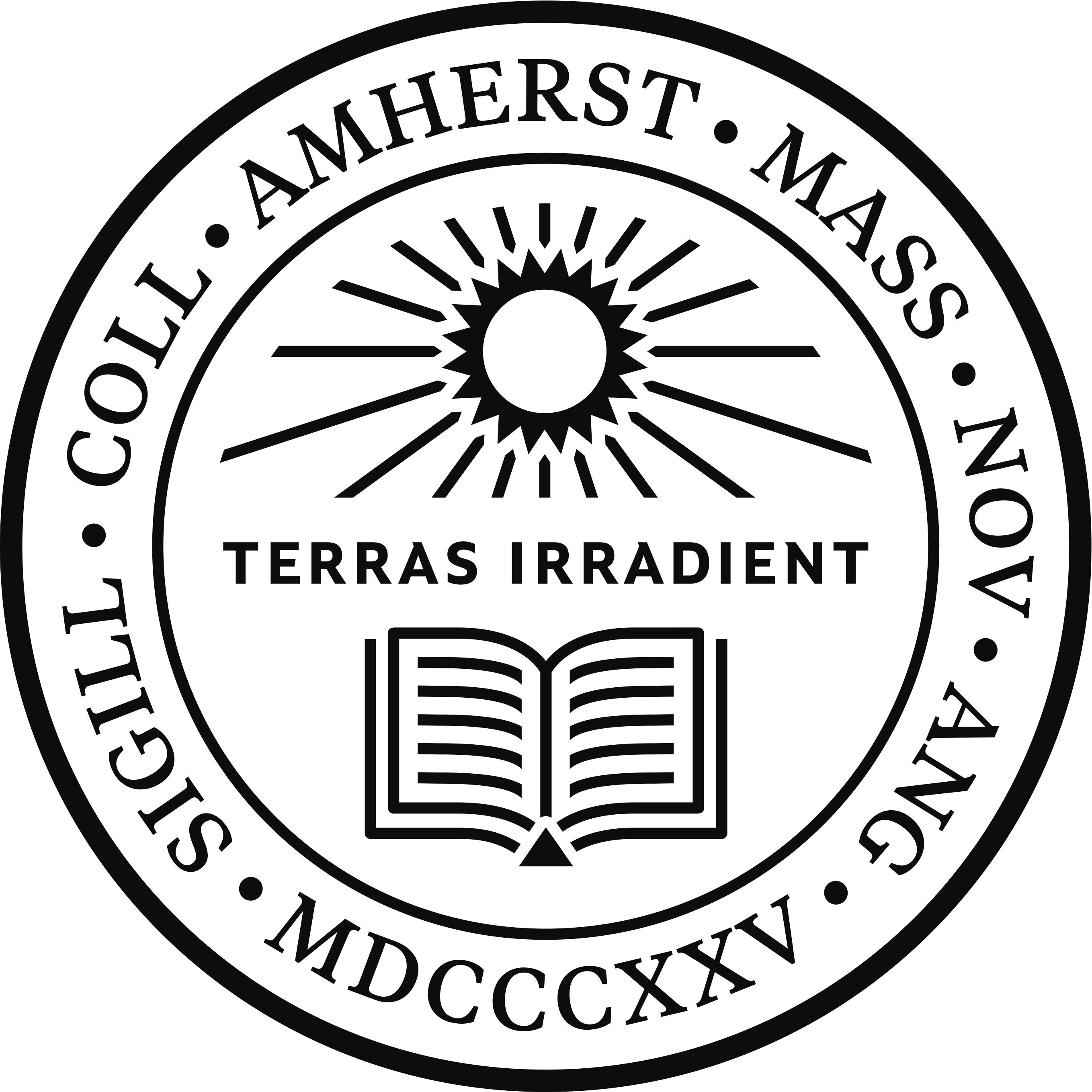week4 <- c("ggdist", "ggtext", "ggridges", "ggrepel",
"lattice", "skimr", "summarytools", "tinyplot",
"tidyplot", "ggraph", "lemon", "colorspace",
"gglgbtq", "paletteer", "see", "hrbrthemes", "pacman",
"ggthemes", "forecast","gapminder", "palmerpenguins", "tidyverse",
"systemfonts")
install.packages(week4)Week 4
Introduction to ggplot2
SOCI 269
Visualizing Data in —
February 18th
Some Updates
Our Syllabus Has Been Updated
Once again, the syllabus for this class
can be accessed here.
Some Updates
Coding Assignment Deadline
Your coding assignments are now due by 8:00 PM on Monday, March 10th.
Some Updates
Assignment instructions will be available
online by next Tuesday.
Some Updates
Midterm Assignment Deadline
Your midterm assignments are now due by 8:00 PM on Friday, April 4th.
Using ggplot2
Getting Started
Launch RStudio and run the following code:
Give me a when all the packages have been installed.
Getting Started
Getting Started
A Quick Example
Comparing Histograms
The Grammar of Graphics
What Is a Graphic?
Wilkinson (2005) created the grammar of graphics to describe the fundamental features that underlie all statistical graphics. The grammar of graphics is an answer to the question of what is a statistical graphic? ggplot2 (Wickham 2009) builds on Wilkinson’s grammar by focusing on the primacy of layers and adapting it for use in . In brief, the grammar tells us that a graphic maps the data to the aesthetic attributes (colour, shape, size) of geometric objects (points, lines, bars). The plot may also include statistical transformations of the data and information about the plot’s coordinate system. Facetting can be used to plot for different subsets of the data. The combination of these independent components are what make up a graphic.
(Wickham, Navarro, and Pedersen 2025, EMPHASIS ADDED)
Building Blocks
Step 1:
Data, Aesthetics, Layers
Our Data
Let’s Move to RStudio
Note
The rest of today’s session will take place in RStudio!
Visualizing Data in II—
February 20th
Updated Script File
Download Some Fonts
Steps 2 & 3:
Scales, Coordinates, Facets; Themes, Labels and Guides
A Quick Refresher
Let’s Launch RStudio
Note
The rest of today’s session will take place in RStudio!
Enjoy the Weekend
References



